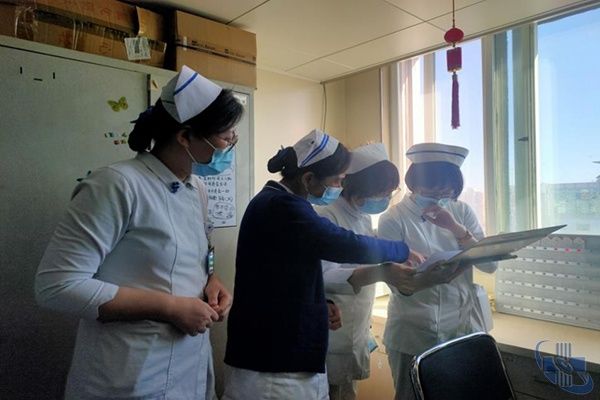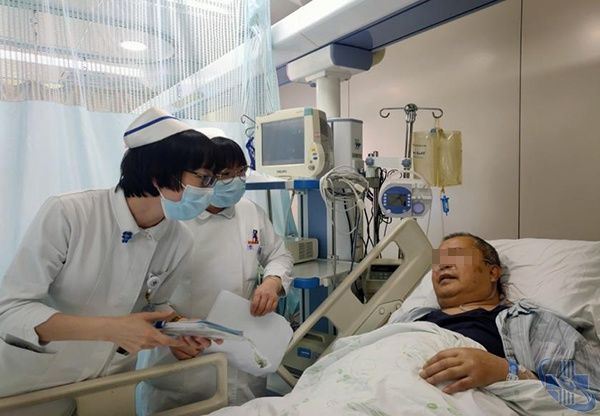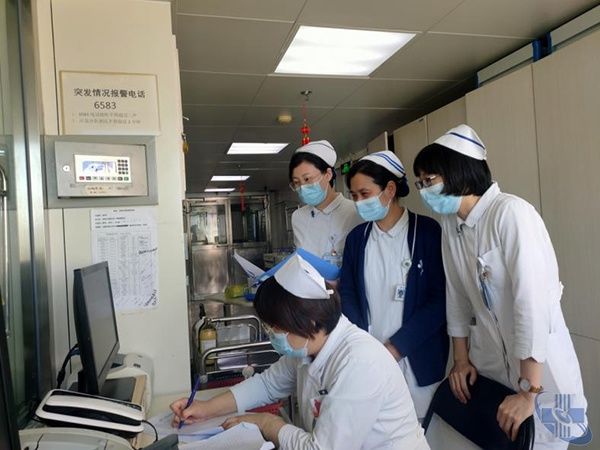
A patient with unexplained pulmonary shadow, acute exacerbation of chronic cardiac insufficiency, type 2 diabetes mellitus, retinopathy, diabetes mellitus was admitted to the room Gangrene patients. In view of the nursing problems of patients with poor heart function, poor lung function, inability to expectorate, poor blood sugar control, poor compliance, and lack of knowledge of related diseases, head nurse He Jing of the first department organized relevant professional head nurses and specialist nurses to conduct joint nursing consultations .

We checked the patient’s case in detail to understand the patient’s condition in recent days; check the doctor’s order, test results, blood sugar monitoring ; Conduct a comprehensive assessment of the patient’s physical examination, consultation, auscultation, etc., and participate in the doctor’s ward round, communicate with the doctor on the patient’s condition, and provide the patient with more accurate nursing advice and nursing measures.

He Jing, head nurse, from the perspective of critical illness in the elderly, put forward the nursing focus on multidisciplinary problems of patients; Xu Dongni from the Department of Cardiology The head nurse gave advice on cardiac function and ECG observation; head nurse Fang Tianlu of the respiratory department instructed patients to carry out pulmonary rehabilitation exercises, effectively cough and abdominal breathing, and promote sputum excretion; endocrinology specialist nurse Mr. He Xin gave advice on blood sugar control and monitoring, insulin injection and Relevant knowledge is explained in detail for patients, eliminating the concerns of patients.

Through conducting critical care MDT nursing consultations, nurses are provided with more professional guidance, allowing patients to receive personalized, relevant Targeted care. At the same time, it improves the self-management ability of elderly patients with chronic diseases at home, improves the compliance of patients, accelerates the recovery of patients, shortens the length of hospitalization, promotes the improvement of nursing quality, and brings the overall nursing level to a new level.
(Picture: Song Chunqi; Recommended draft: He Jing)